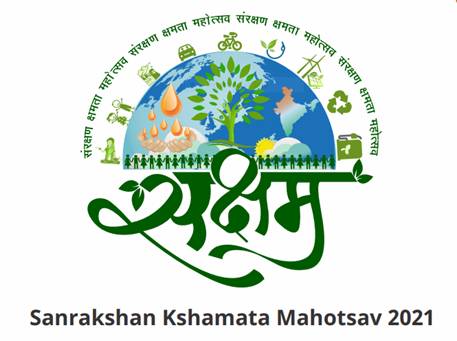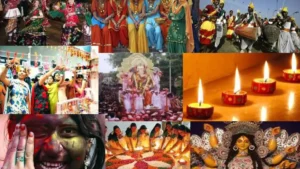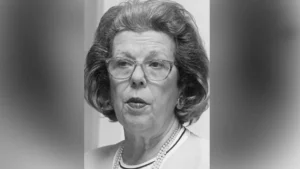
The Ministry of Petroleum and Natural Gas has launched a month-long mass awareness campaign titled ‘SAKSHAM’ to spread awareness about green and clean energy. The campaign has been organised by the Petroleum Conservation Research Association (PCRA), to motivate consumers to switch to cleaner fuels and bring in behavioural change to use fossil fuel intelligently. The campaign will spread awareness about seven key drivers that Prime Minister Narendra Modi had recently mentioned.
WARRIOR 4.0 | Banking Awareness Batch for SBI, RRB, RBI and IBPS Exams | Bilingual | Live Class
About SAKSHAM:
- SAKSHAM stands for Sanrakshan Kshamata Mahotsav.
- The pan-India campaign would include various activities such as cyclotron, farmer workshops, seminars, painting competition, CNG vehicle driving contest, etc to spread awareness among masses about the advantages of using clean fuels.
- They include moving towards a gas-based economy, cleaner use of fossil fuels, greater reliance on domestic sources to drive biofuels and increased use of electric vehicles.
Important takeaways for all competitive exams:
- Minister of Petroleum and Natural Gas: Dharmendra Pradhan.




 Which Country is Known as the Land of Fe...
Which Country is Known as the Land of Fe...
 Simone Tata: The Visionary Behind Lakmé ...
Simone Tata: The Visionary Behind Lakmé ...
 When was IndiGo Airlines Founded and Who...
When was IndiGo Airlines Founded and Who...







